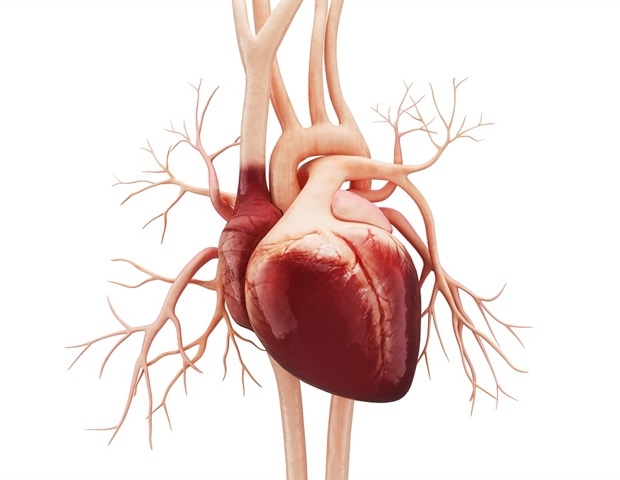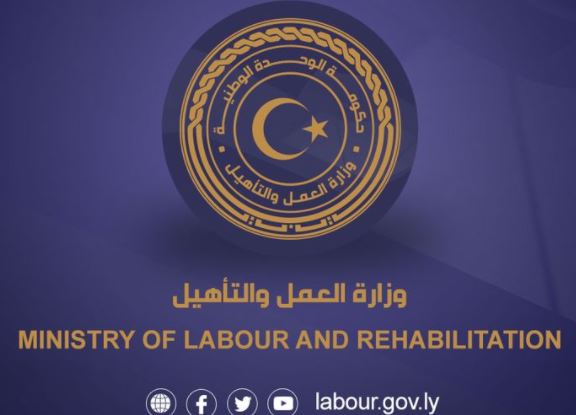Report on Minnesota Supreme Court Ruling Regarding Transgender Athlete Inclusion and Sustainable Development Goals
1.0 Introduction and Case Summary
On October 22, the Minnesota Supreme Court issued a ruling in the case of JayCee Cooper v. USA Powerlifting (USAPL). The court found that USAPL discriminated against Ms. Cooper, a transgender athlete, based on her gender identity. This decision has significant implications for the advancement of the United Nations Sustainable Development Goals (SDGs), particularly SDG 5 (Gender Equality), SDG 10 (Reduced Inequalities), and SDG 16 (Peace, Justice and Strong Institutions).
- Plaintiff: JayCee Cooper, a transgender powerlifter.
- Defendant: USA Powerlifting (USAPL).
- Core Issue: USAPL’s policy prohibiting transgender women from competing in women’s events, which Ms. Cooper alleged was a violation of the Minnesota Human Rights Act (MHRA).
- Case History: The lawsuit was initiated in 2021 after Ms. Cooper was barred from competing in 2019.
2.0 Judicial Findings and Alignment with SDG 16: Peace, Justice and Strong Institutions
The court’s decision reinforces the role of strong legal institutions in upholding human rights and ensuring non-discriminatory practices, a cornerstone of SDG 16.
- Violation of the Minnesota Human Rights Act: The Supreme Court unanimously affirmed that USAPL’s policy constituted direct discrimination based on gender identity. This enforcement of non-discriminatory law directly supports SDG Target 16.B, which calls for the promotion and enforcement of non-discriminatory laws and policies for sustainable development.
- Reversal of Lower Court Finding: The court reversed an appellate court decision, stating that USAPL’s facially discriminatory policy provided direct evidence of discriminatory motive. This clarification strengthens legal protections and ensures equal access to justice for marginalized groups, aligning with SDG Target 16.3.
- Remand for Business Purpose Defense: A component of the case was remanded to the district court to determine if USAPL’s policy serves a “legitimate business purpose.” This ongoing legal process demonstrates the judiciary’s function in balancing rights and organizational policies.
3.0 Implications for SDG 5 (Gender Equality) and SDG 10 (Reduced Inequalities)
The ruling is a significant step toward reducing inequality and promoting gender equality by affirming the rights of transgender individuals to participate fully in society, including sports.
- Strengthening Gender Equality Protections: By upholding protections for “gender identity” under the MHRA, the court’s decision directly contributes to SDG Target 5.1 (End all forms of discrimination against all women and girls everywhere) and SDG Target 5.C (Adopt and strengthen sound policies and enforceable legislation for the promotion of gender equality).
- Reducing Inequalities in Public Life: The court established that USAPL, as a public accommodation, cannot exclude transgender athletes. This finding promotes social inclusion and supports SDG Target 10.2 (empower and promote the social, economic and political inclusion of all, irrespective of sex or other status).
- Setting a Precedent for Inclusion: Legal analysis suggests the ruling will extend to other sports organizations and educational institutions in Minnesota, creating a more inclusive environment that reduces inequalities of outcome, as called for in SDG Target 10.3.
4.0 Stakeholder Reactions and Ongoing Dialogue
The decision has elicited varied responses, highlighting the ongoing societal dialogue concerning the implementation of policies that advance gender equality and reduce inequalities.
- Advocacy Groups: Gender Justice and other advocates for transgender rights hailed the ruling as a victory for equality and inclusion, affirming that transgender people belong in all societal spaces, including sports.
- USA Powerlifting: The organization expressed disappointment, framing the issue as one of competitive fairness for cisgender women and stating it will present its evidence for a legitimate business purpose in the lower court.
- Political Response: Some state legislators described the ruling as a “setback” for girls’ sports and signaled their intent to pursue legislation to restrict the participation of transgender athletes. This indicates a potential conflict with the legal framework supporting SDG 5 and SDG 10.
5.0 Conclusion and National Context
The Minnesota Supreme Court’s ruling in Cooper v. USAPL is a landmark decision that reinforces legal protections against discrimination and advances key Sustainable Development Goals. It places Minnesota at the forefront of protecting the rights of transgender athletes. However, the partial remand of the case and the opposing political reactions indicate that the path toward full inclusion and the realization of SDG 5 and SDG 10 remains contested. The case unfolds within a national context where federal courts, including the U.S. Supreme Court, are also set to address the rights of transgender athletes under federal law.
Analysis of Sustainable Development Goals in the Article
1. Which SDGs are addressed or connected to the issues highlighted in the article?
-
SDG 5: Gender Equality
This goal is central to the article, which revolves around a legal case of discrimination based on gender identity. The core issue is JayCee Cooper, a transgender woman, being denied the right to compete in a powerlifting competition, which directly relates to achieving equality and ending discrimination against all women and girls.
-
SDG 10: Reduced Inequalities
The article highlights the struggle against discriminatory policies that create inequality. By challenging USA Powerlifting’s prohibition, the case aims to ensure equal opportunity and promote the social inclusion of transgender individuals, which aligns with the goal of reducing inequalities based on “other status,” including gender identity.
-
SDG 16: Peace, Justice and Strong Institutions
This goal is addressed through the article’s focus on the legal system and the enforcement of human rights legislation. The case progresses through various courts, culminating in a Minnesota Supreme Court ruling that upholds the Minnesota Human Rights Act. This demonstrates the role of strong, just institutions in providing access to justice for all and enforcing non-discriminatory laws.
2. What specific targets under those SDGs can be identified based on the article’s content?
-
Target 5.1: End all forms of discrimination against all women and girls everywhere.
The article directly addresses this target. The Minnesota Supreme Court’s ruling found that JayCee Cooper “was discriminated against based on gender identity.” The lawsuit was filed to challenge and end the discriminatory practice of prohibiting her from competing.
-
Target 5.c: Adopt and strengthen sound policies and enforceable legislation for the promotion of gender equality.
The article mentions that in the 2023 legislative session, Minnesota “added ‘gender identity’ to protections under the MHRA (Minnesota Human Rights Act).” The subsequent court case, which enforces this updated legislation, is a clear example of strengthening and applying policies for gender equality.
-
Target 10.3: Ensure equal opportunity and reduce inequalities of outcome, including by eliminating discriminatory laws, policies and practices.
The legal challenge is aimed squarely at USA Powerlifting’s policy that prohibited Cooper from competing. The Supreme Court’s opinion noted the organization had a “facially discriminatory policy,” and the ruling against this policy is a direct action toward eliminating discriminatory practices and ensuring equal opportunity in sports.
-
Target 16.b: Promote and enforce non-discriminatory laws and policies for sustainable development.
The entire legal battle described in the article is an exercise in enforcing a non-discriminatory law—the Minnesota Human Rights Act. The court’s decision affirms that the state’s anti-discrimination laws apply to sports organizations, thereby promoting and enforcing the principle of non-discrimination.
3. Are there any indicators mentioned or implied in the article that can be used to measure progress towards the identified targets?
-
Legal frameworks and their enforcement:
The article provides a clear indicator of progress through the existence and application of a legal framework. The amendment of the Minnesota Human Rights Act to include “gender identity” is a measurable legislative action. The subsequent Supreme Court ruling that upholds this law and finds USA Powerlifting in violation serves as a direct indicator of the law’s enforcement.
-
Prevalence of discrimination-related legal cases:
The case of JayCee Cooper itself is an indicator. The filing of the lawsuit in 2021 and its progression through the district court, court of appeals, and finally the Supreme Court can be seen as a measure of individuals and groups using the justice system to challenge discrimination. The “huge win” described by Gender Justice signifies a successful outcome in this process.
-
Public and political discourse on non-discrimination:
The article implies this indicator by quoting various stakeholders. The statements from Gender Justice and Chris Mosier affirming that “trans people belong in sports” show support for non-discrimination. Conversely, the statements from Lisa Demuth and Harry Niska, who call the decision a “setback” and plan to take up the issue in the legislature, indicate ongoing political debate and opposition, which is also a measure of the societal landscape regarding this issue.
4. Table of SDGs, Targets, and Indicators
| SDGs | Targets | Indicators |
|---|---|---|
| SDG 5: Gender Equality |
|
|
| SDG 10: Reduced Inequalities |
|
|
| SDG 16: Peace, Justice and Strong Institutions |
|
|
Source: inforum.com







